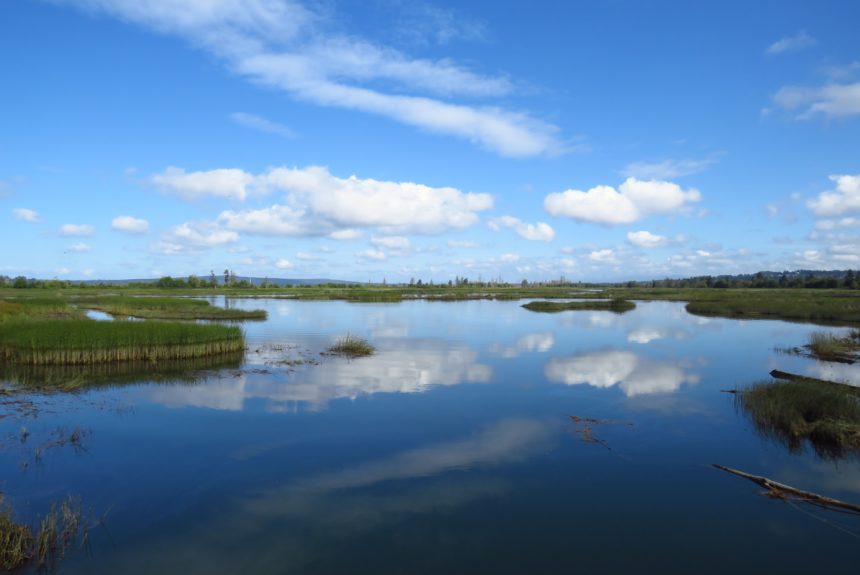Blue carbon, which refers to the carbon sequestration and storage in our planet’s ocean and coastal ecosystems, is an important nature-based solution to climate change. Given blue carbon’s tremendous potential for economic and environmental benefits, it is imperative that it remains a high-level priority for coastal communities.
However, failing to properly manage these ecosystems, will lead to an increase in greenhouse gasses and can accelerate climate change. Unhealthy coastal ecosystems are an environmental problem. The Blue Carbon Imitative estimates that these coastlines emit 1.02 billion tons of carbon dioxide per year. This is especially troubling given that some studies indicate that 67% of blue carbon-sequestering coastal ecosystems have already been permanently lost. While much of our coastline has been degraded by a combination of construction and sea level rise, we have the ability to restore these ecosystems by focusing on the health of key carbon sequesters like mangroves, tidal marshes, and seagrasses.
Aside from storing carbon, healthy coastal structures are essential to mitigating the impacts of extreme weather. Mangroves, for example, act as shields that break down large waves before they hit shore. Consequently, smaller waves lessen a hurricane or tropical storm’s impact on coastal communities. A recent Scientific Reports study found that a 100 meter stretch of mangroves decreased wave heights by 66%. Without mangroves, an estimated $65 billion increase in flood damage expenses would occur, according to the study.
Blue-carbon coastal ecosystems also provide necessary sustainable habitats for 95% of commercial fish species, including juvenile fish. Without this protection, there would be population declines of important coastal species, such as dugongs and manatees, which flourish in healthy seagrass-providing ecosystems.
Additionally, healthy blue carbon ecosystems are essential for different recreational activities such as snorkeling, kayaking, and fishers. Coastal states like Florida depend heavily on the revenues from these recreational activities. Outdoor recreation activities alone in the state generate more than $10 billion annually, so the economic impacts of not managing our coastal ecosystems would be serious.
>>>READ: How Blue Carbon can Address Climate Change
Purely voluntary carbon markets could provide an effective vehicle to incentivize companies to invest in blue carbon. Specifically, the private sector can purchase carbon credits that directly fund blue carbon ecosystem restoration efforts and help companies offset their CO2 emissions.
Blue Carbon ecosystems have begun to receive congressional attention. In November 2021, Senators Sheldon Whitehouse (D-RI) and Lisa Murkowski (R-AK) re-introduced the Blue Carbon for Our Planet Act (BCOPA). This bipartisan legislation calls for the conservation, restoration, and research of blue carbon ecosystems through the National Oceanic and Atmospheric Administration (NOAA) and private ownership of blue carbon ecosystems.
It’s therefore imperative that the United States prioritize conserving and restoring these blue carbon ecosystems through a variety of strategies. While carbon credits have significant potential, local investments in coastal infrastructure and resilience are critical as well. Additionally, improving building practices in and around these areas is important for future resilience. The time for a decision on whether or not to make this natural climate solution a reality is now.
Nathan Kruse is a member of the American Conservation Coalition in Redmond, Washington. He has a Bachelor’s in Social Sciences, Summa Cum Laude, from Washington State University.
The views and opinions expressed are those of the author’s and do not necessarily reflect the official policy or position of C3.
